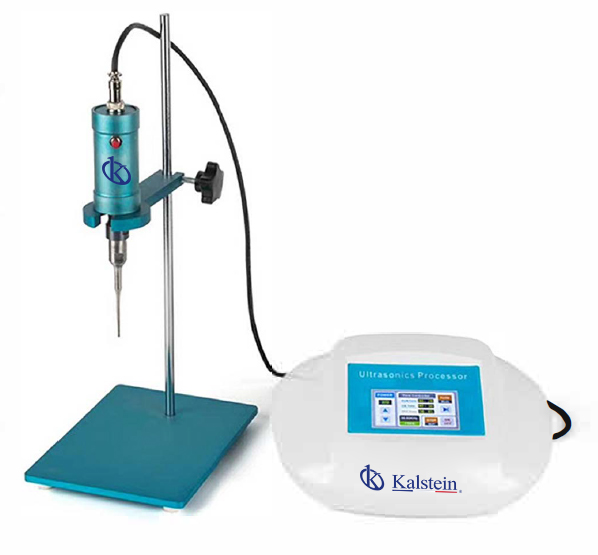Homogenizers are essential devices in various laboratory studies and industrial applications aimed at maintaining uniform consistency in tests. This gadget ensures that the sample is thoroughly mixed, yielding an accurate and reliable result. The use of homogenizers has proven to be more effective than other methods, enhancing laboratory test efficiency and accuracy of outcomes.
However, there are several competitors of these devices in the market, such as stirrers, mixers, and emulsifiers. Each of them has its unique advantages and disadvantages, inherent to their specific characteristics and processes of use. This is where the comparison between homogenizers and their main competitors begins.
We understand that you need equipment that delivers maximum value to your laboratory. We invite you to visit https://kalstein.co.uk/category-product/laboratory-line/homogenizers/ to immerse yourself in our universe of cutting-edge technology equipment. Our prices are competitive and accessible, we combine the convenience of online shopping with the guarantee of an exceptional product. Because you deserve the best, we create and offer top-tier laboratory equipment. Make your choice today, where science comes to life. https://kalstein.co.uk/
Efficiency of Homogenizers in Laboratory Testing
One of the benefits of homogenizers is their ability to process a wide variety of materials, from liquids to semi-hard solids, through to tissues and cells. Their use in lab tests ensures an accurate and consistent comparison between samples. The high speed of homogenizers and the efficient use of energy also make them quick and effective.
On the other hand, competitors like stirrers – while useful for mixing low-viscosity liquids – usually are not as efficient when it comes to denser samples. Mixers also have an advantage in their ability to handle large volumes of material but may not be as accurate for smaller samples.
Improved Patient Treatment Thanks to Homogenizers
Homogenizers play a critical role in the development of medications and the treatment of patients. Their ability to homogenize samples at a microscopic level enables the creation of more stable and effective drug preparations. This can increase the efficacy of treatment, improving patient health.
In comparison, although mixers and stirrers provide a mixture at the macroscopic level, they may not be capable of achieving the uniformity at the microscopic level provided by a homogenizer. Moreover, emulsions produced by homogenizers are typically more stable than those produced by other mixing techniques.
General Review of Homogenizers Constraints
Despite the evident virtues that homogenizers bring, there are also drawbacks associated with them. For example, homogenizers can be less efficient in terms of energy consumption compared to their main competitors. Also, they require more complex cell cultures in most applications.
Emulsifiers, on the other hand, while they are usually less efficient in preparing highly stable emulsions, are typically more energy-efficient. Besides, mixers can handle materials of various viscosities and sizes, whereas homogenizers may encounter difficulties in such situations.
Usability and Maintenance of Homogenizers vs Competitors
Regarding usability and maintenance, homogenizers are robust, long-lasting devices if they are properly cared for and maintained. However, they can be more complex to handle and require more intensive training compared to simpler devices like stirrers.
On their side, stirrers and mixers are simpler to use and might require less training for laboratory staff. However, they may not be capable of achieving the level of homogeneity necessary for certain tests or applications, counterpointing their ease of use.
Homogenizers vs Main Competitors: What to Choose?
In conclusion, while homogenizers offer clear advantages in terms of laboratory test accuracy and improving patient treatment, their disadvantages in terms of energy efficiency, complexity of use, and maintenance requirements should also be considered.
On the other hand, while stirrers, mixers, and emulsifiers provide a simpler and sometimes more energy-efficient solution for mixing samples, they may not provide the levels of homogeneity necessary for certain applications.
Therefore, when choosing between a homogenizer and one of its main competitors, these advantages and disadvantages need to be weighed according to the specific needs of the lab or application in question.




